Plants That Actually Clean Your Air (And How to Keep Them Alive)
Over my years working with plants, from giant commercial greenhouses to cozy living rooms, one question pops up more than any other: Can houseplants really clean the air? The short answer is yes, absolutely. But the real story is a bit more nuanced, and honestly, way more interesting.
In this article
You’ve probably heard about a well-known study that showed common houseplants could scrub harmful chemicals, known as volatile organic compounds (VOCs), from the air. It was a huge deal and got everyone excited about the power of plants. But let’s be real, those tests were done in small, sealed-off chambers. Your home, with its open windows, drafts, and daily chaos, is a completely different ballgame.
So, should you give up on the idea? Not a chance. Think of plants as your living, breathing allies in creating a healthier home. They aren’t a magical substitute for good ventilation or an air purifier, but they are a fantastic, natural part of the solution.
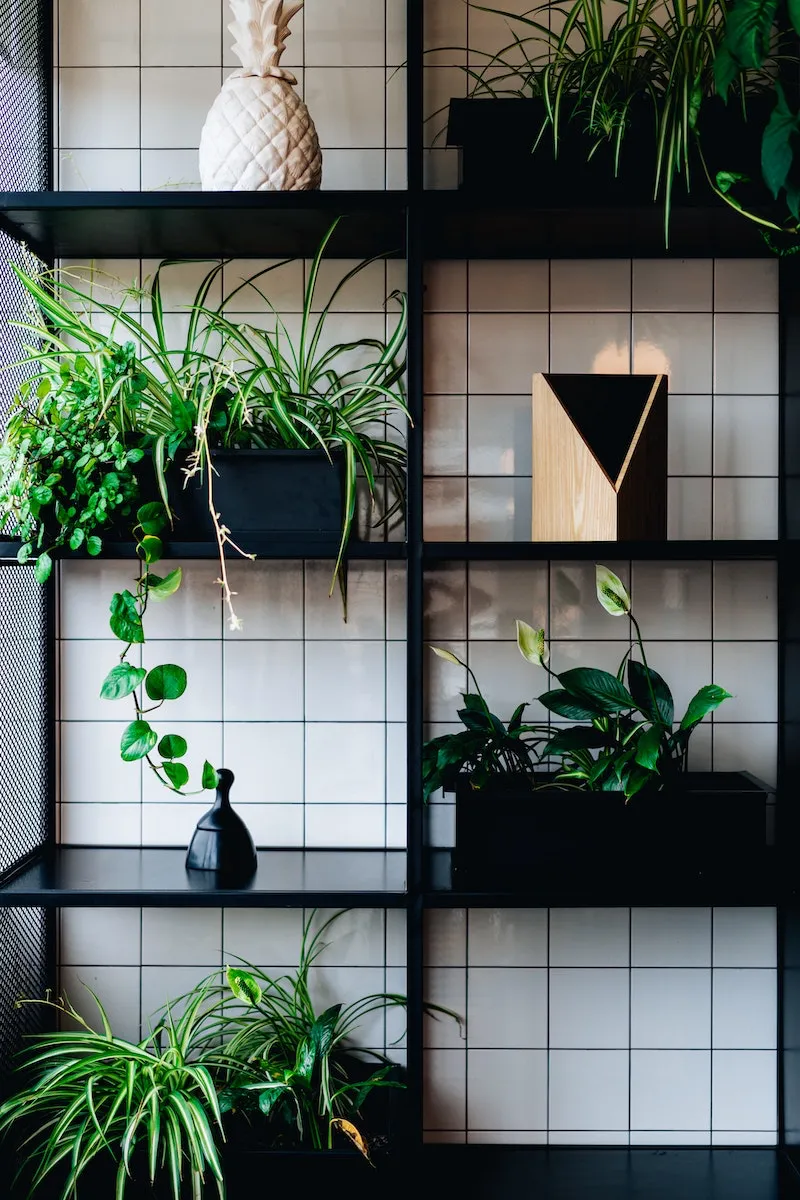
A common question I get is, “Okay, but how many plants do I actually need?” For a noticeable difference in a standard 12×12 foot room, a good starting point is to aim for two or three healthy plants. Of course, more is always better, but this gives you a realistic goal to start with.
How Plants Get the Job Done
To really get the most out of your green friends, it helps to know what’s happening under the hood. It’s not just some vague, magical process; it’s biology, and it’s pretty cool.
First up is the one we all remember from school: photosynthesis. Plants breathe in the carbon dioxide we exhale and release the fresh oxygen we need. It’s a simple exchange, but it’s what gives a plant-filled room that fresh, vibrant feeling.
The real deep-cleaning, though, happens through a process called phytoremediation. Plants absorb pollutants like formaldehyde and benzene through tiny pores on their leaves. From there, these toxins are sent down to the root zone. But here’s the part that often gets missed: the soil is a powerhouse. It’s a living ecosystem packed with microbes that act like a cleanup crew. As the plant pulls air down to its roots, these microscopic helpers literally eat the pollutants for lunch, breaking them down into harmless stuff.
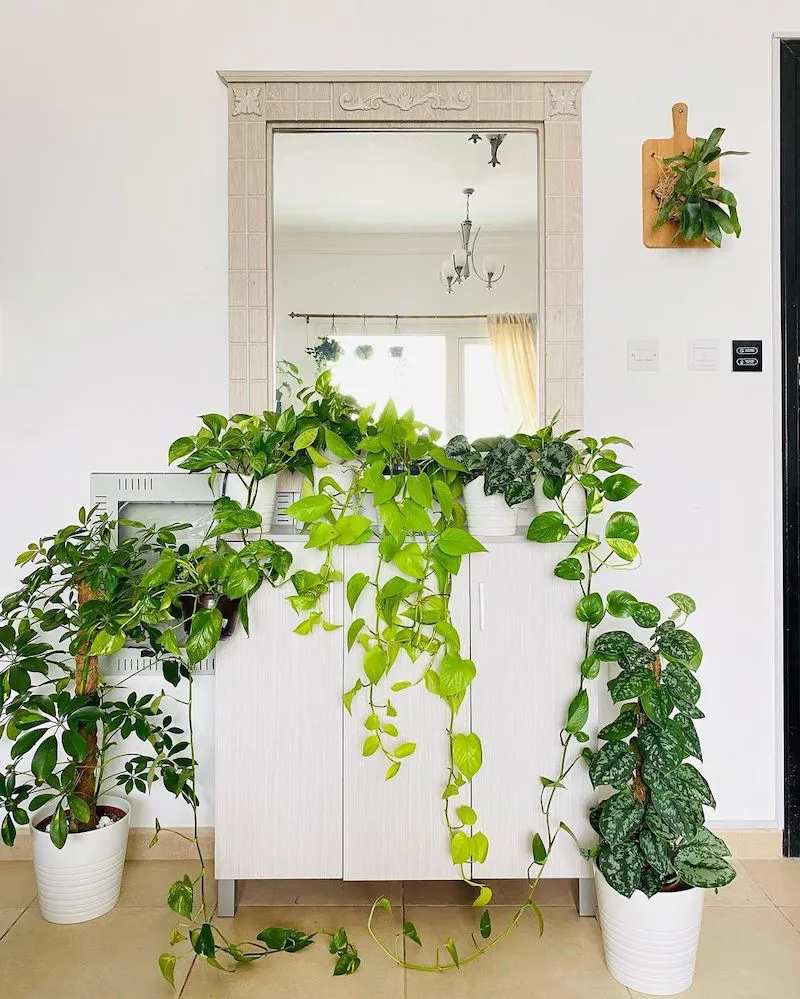
Quick tip: Because the soil is so important, what you use matters! Don’t just scoop up dirt from your backyard. For plants like Snake Plants or ZZs that hate wet feet, grab a bag of fast-draining cactus and succulent mix. For most other leafy houseplants, a quality all-purpose indoor potting mix will do the trick. Look for bags that mention perlite or pumice—those little white rocks help create air pockets, which keeps the roots (and their microbe buddies) happy.
Finally, there’s transpiration. This is just the fancy word for plants releasing water vapor from their leaves, which adds a bit of healthy humidity to the air. This process also creates a tiny, gentle air current, pulling more air from the room down toward the plant’s roots and feeding that microbial cleaning engine. It’s a beautiful, self-sustaining system.
Choosing the Right Plant for Your Home
The single biggest mistake I see people make is choosing a plant based on looks alone, without considering their home’s light. Before you even think about heading to the store, take a moment to be a light detective. A south-facing window offers intense, direct sun, while a north-facing one provides gentle, indirect light. East is for soft morning sun, and west is for hot afternoon sun. Knowing this is half the battle.
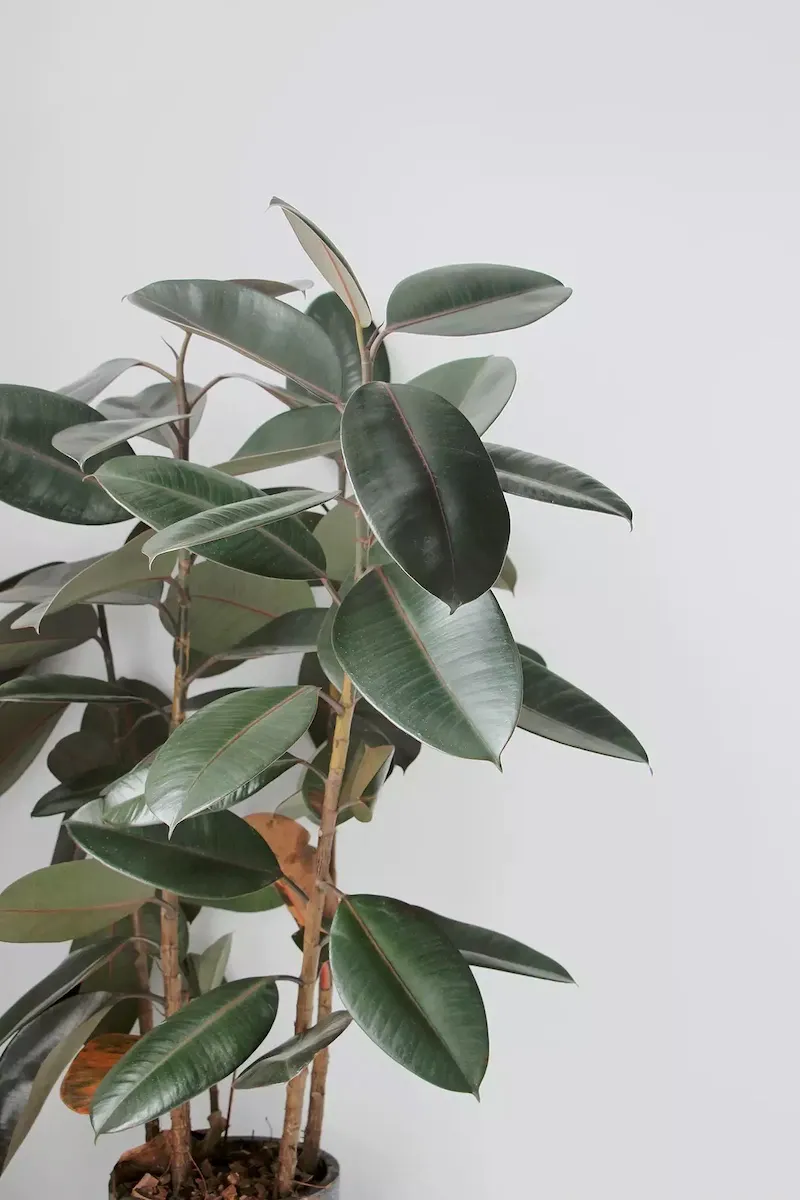
Low-Light Workhorses (Perfect for Beginners!)
These are the champions of tricky spots and forgetful owners. You can usually find these guys at big-box stores like Home Depot or Lowe’s for a decent price, often between $15 and $40 for a nice 6-inch pot. Local nurseries might be a bit more expensive, but their plants are often healthier and come with expert advice.
-
Snake Plant (Dracaena trifasciata): If you can only get one plant, make it this one. I’ve seen these things survive some serious neglect. They handle low light like a champ and are very forgiving about water. And here’s a cool bonus: they release oxygen at night, making them an amazing choice for bedrooms. Heads up, though—they are toxic to pets if chewed on, so keep them out of reach of curious cats and dogs.
Pro-tip for watering: What does “infrequent watering” even mean? Here’s a simple test: stick your finger about two inches into the soil. If it’s completely dry, it’s time to water. If you feel any moisture, wait. In my home, that works out to about once every 3-4 weeks in the winter and every 2 weeks in the summer.
-
ZZ Plant (Zamioculcas zamiifolia): This plant is another nearly indestructible option with gorgeous, waxy leaves that always look polished. It’s incredibly drought-tolerant because it stores water in underground rhizomes. To be frank, I once killed a ZZ plant by “loving it too much” with constant watering. The roots turned to mush. It taught me the most important lesson for these guys: when in doubt, don’t water! It’s also toxic to pets, so place it accordingly.
-
Golden Pothos (Epipremnum aureum): Often called Devil’s Ivy, this vining plant is the ultimate communicator. Droopy leaves mean it’s thirsty; yellow leaves mean you’ve given it too much water. It’s happy in almost any light except direct sun. It’s the plant that keeps on giving, and it’s also a great budget-friendly option.
A lesser-known trick: You can make endless new Pothos plants for free! Just snip off a piece of vine that has 3 or 4 leaves. Make sure the snip includes a little brown nub on the stem (that’s a node). Stick it in a glass of water, and in a few weeks, you’ll see new roots starting to grow. It’s that easy to fill your home or give them away as gifts.
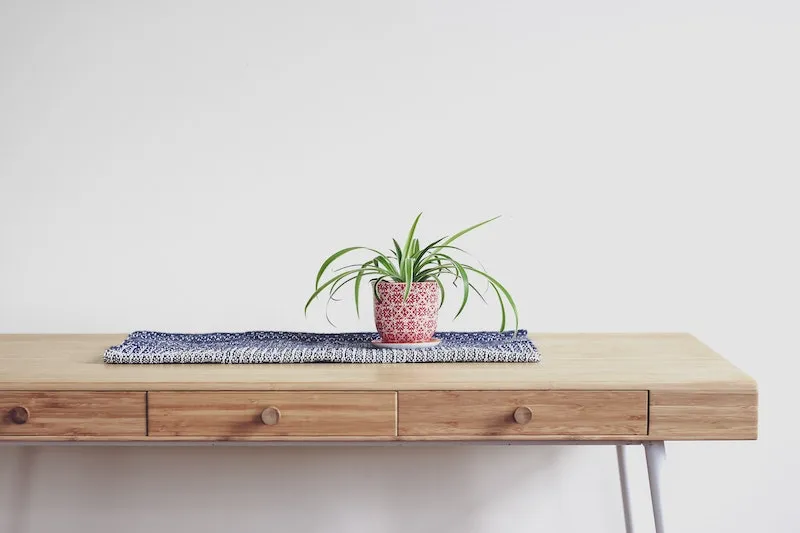
A Quick Win for Your Air Quality Today
Want to do something helpful in the next five minutes? Go grab a damp cloth and gently wipe down the leaves of any houseplants you already own. Dust builds up and clogs the pores they use to breathe and filter the air. A quick wipe-down is like clearing their throats so they can get back to work. Easy peasy.
At the end of the day, bringing plants into your home is one of the best things you can do for your space and your well-being. They won’t solve all your problems, but they are loyal, hardworking partners in creating a fresher, healthier, and more beautiful environment to live in.
Inspiration:

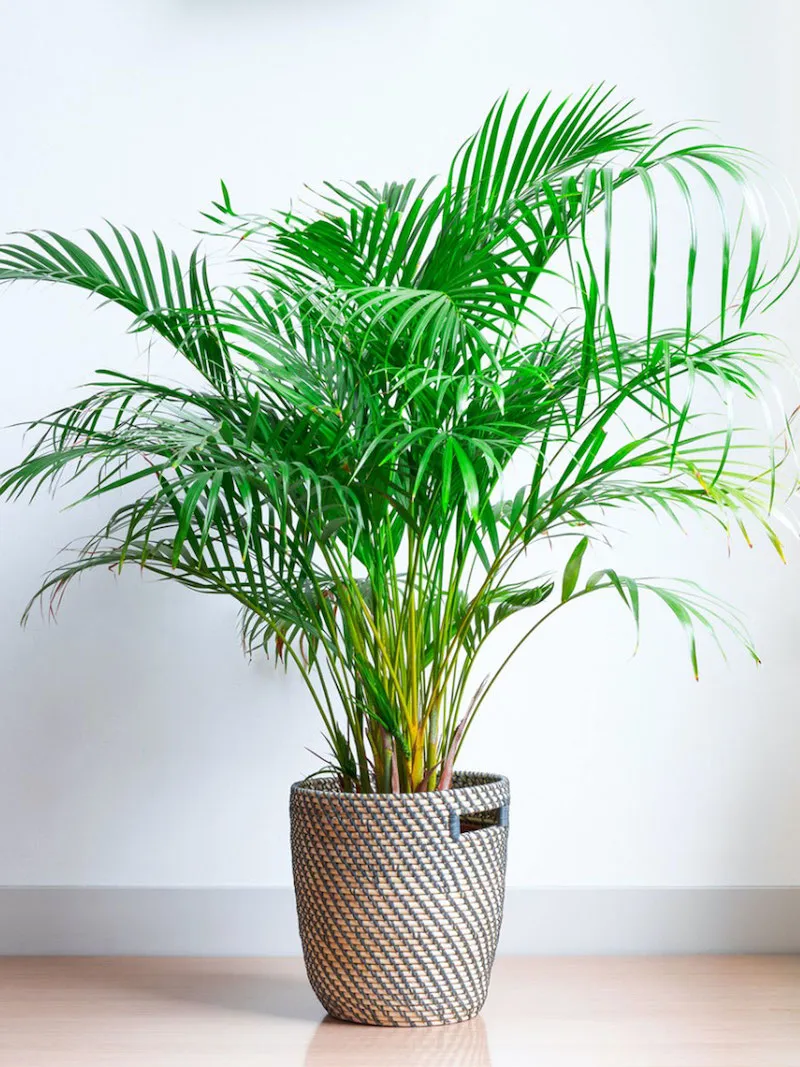
A 2015 study in the Journal of Physiological Anthropology found that simply interacting with houseplants can reduce psychological and physiological stress.
This goes far beyond just cleaner air. The simple act of caring for a plant, touching its leaves, or just having it in your visual field can lower your heart rate and blood pressure. That “fresh, vibrant feeling” isn’t just imagination; it’s a measurable calming effect, making your green companions partners in both physical and mental well-being.
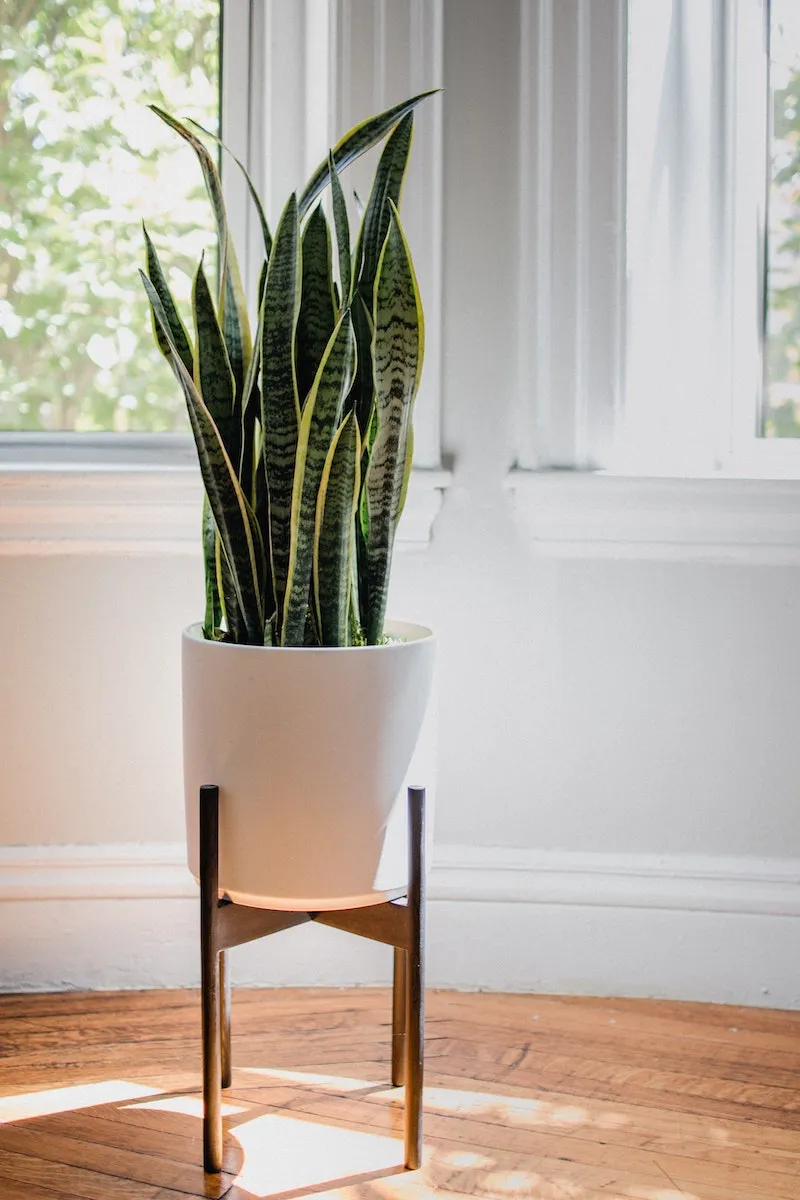
Since the soil’s microbes are the true heroes of detoxification, give them the best environment to thrive. Avoid heavy, compacted garden soil. Instead, opt for a high-quality, well-aerated potting mix designed for indoor plants, like the popular Miracle-Gro Indoor Potting Mix. Many enthusiasts also add a layer of activated charcoal to the bottom of the pot. This not only improves drainage but also absorbs impurities, giving your plant’s root system a double-duty cleaning boost.
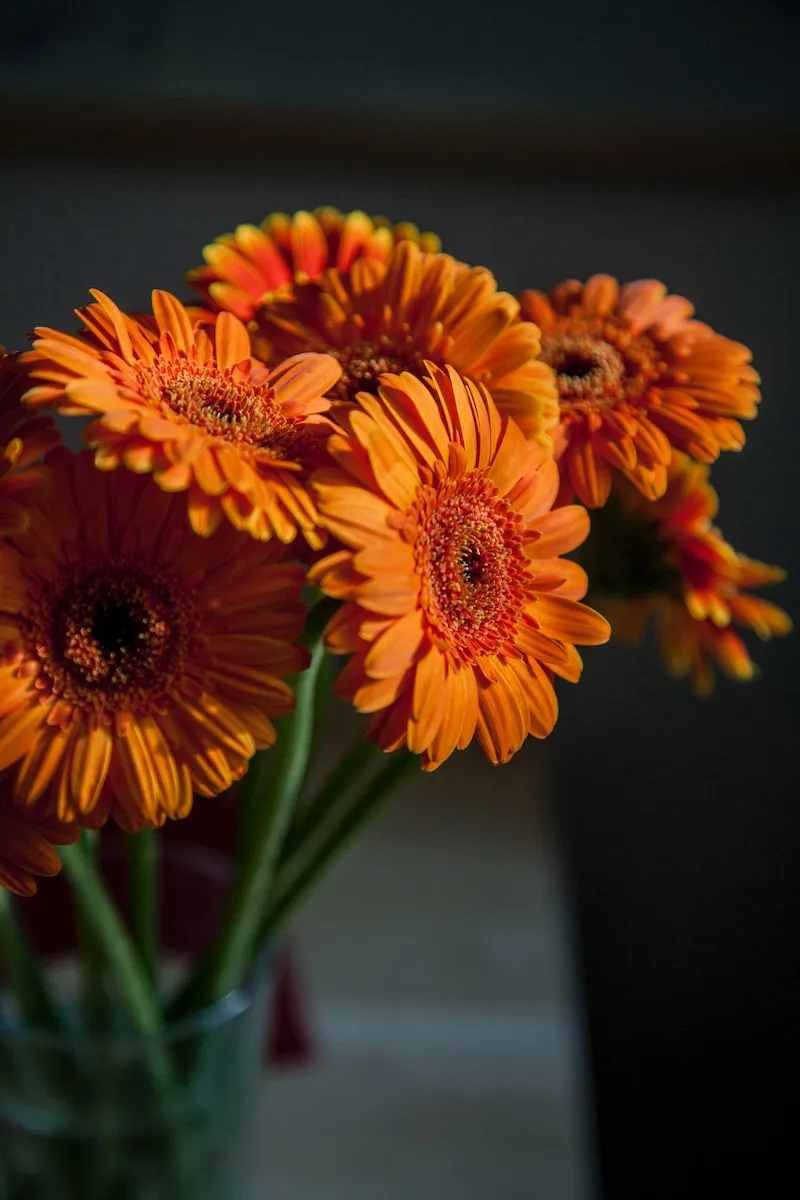
Want more air-purifiers for free? Don’t buy—propagate! Many of the best air-cleaning plants, like the Golden Pothos and Snake Plant, are incredibly easy to multiply. Simply snip a Pothos vine below a node and place it in water, or divide a mature Snake Plant at the roots when repotting. In just a few weeks, you’ll have a whole new green army working for you.
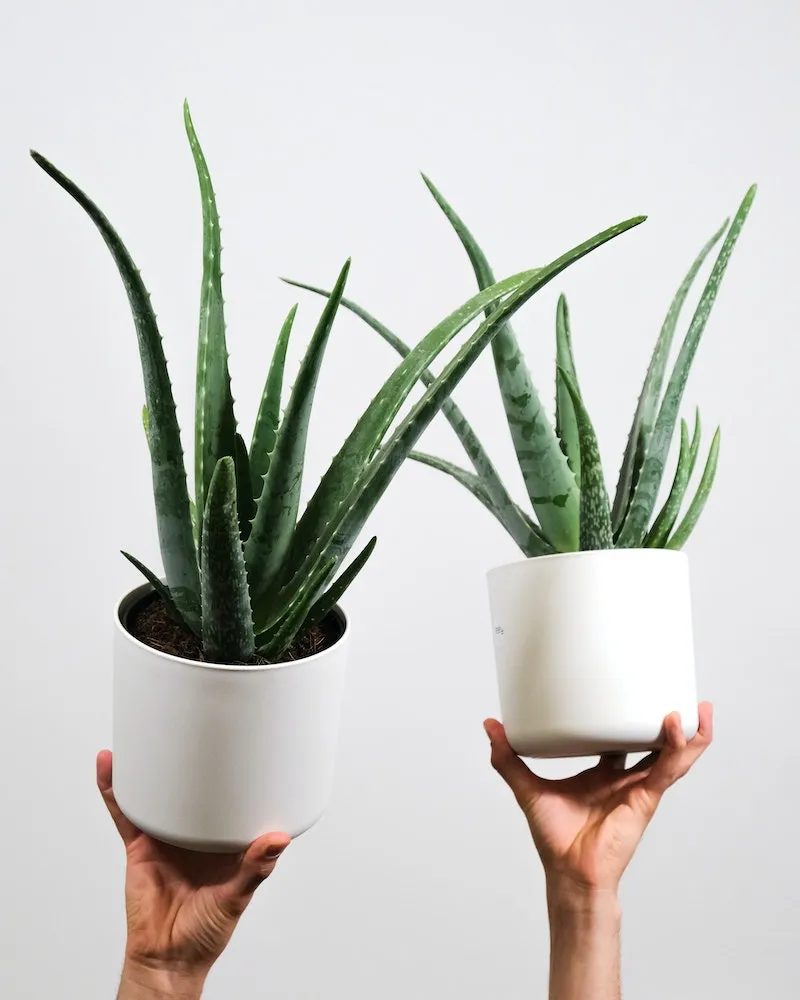
Amplify the purifying effect and create a stunning visual statement by grouping plants together. This creates a microclimate with higher humidity and a concentrated zone of cleaner air. Try this powerful trio for a living room corner:
- Tall & Structural: A Snake Plant (Sansevieria trifasciata) for its vertical lines and low-light tolerance.
- Lush & Leafy: An Areca Palm to add a soft, tropical feel and act as a natural humidifier.
- Trailing Element: A Golden Pothos cascading from a shelf or the edge of a taller pot to fill the mid-level space.
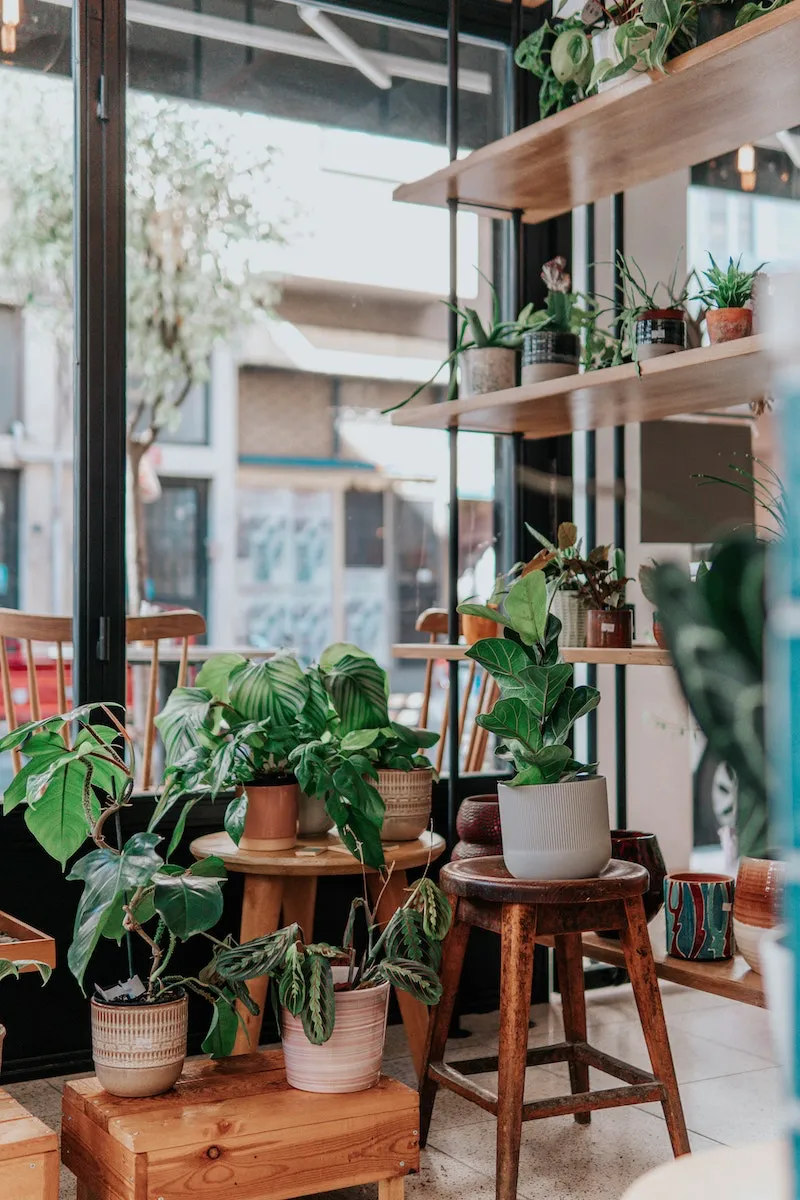
Can my air-purifying plant actually make my air worse?
Unfortunately, yes, if you’re not careful with your watering can. The number one mistake is overwatering, which creates a constantly damp soil surface—the perfect breeding ground for mold. Mold spores can become airborne and are a common allergen. To avoid this, always check if the top two inches of soil are dry before watering. Healthy roots in properly moist soil are your goal, not a swampy pot.
Terracotta Pots: These classic unglazed clay pots are porous, allowing air to pass through the sides. This helps the soil dry out faster, preventing root rot and boosting the soil microbe activity mentioned in the article. They are ideal for plants like Aloe Vera and Snake Plants.
Glazed Ceramic Pots: These non-porous pots hold moisture for much longer. They work well for thirsty plants, but require excellent drainage holes to prevent waterlogging the roots.
For most air-purifying plants, terracotta is a safer, more forgiving choice.










